Here's why these places are India's top manufacturing hubs
SMBStory lists the top manufacturing hubs, according to a report by JLL and Invest India, and what makes them a focus of global opportunities.
In this year’s first-ever paperless Union Budget, Finance Minister Nirmala Sitharaman had said: “For a $5-trillion economy, our manufacturing sector has to grow in double digits on a sustained basis. Our manufacturing companies need to become an integral part of global supply chains.”
Micro, small and medium enterprises, which largely comprise the manufacturing sector, contribute about 30 percent to India’s GDP growth and about 49 percent to exports, one of the key revenue generating streams.
The coronavirus pandemic, which brought the world to a near standstill, posed some challenges for India’s manufacturing sector. However, with the crisis now ebbing, there are hopes of a quick recovery of this sector.
A report titled Great Places for Manufacturing in India, published in May 2020 by National Investment Promotion & Facilitation Agency, Invest India, and global real estate services firm JLL, lays the road map for the manufacturing sector.
SMBStory lists the top manufacturing hubs, according to the report, and what makes them exciting venues.
Mumbai-Aurangabad

Labelled “Maharashtra’s industrial belt,” the report highlights some aspects that makes Mumbai-Aurangabad a viable option for manufacturing.
Aurangabad is surrounded by Chikalthana, Shendra and Waluj Maharashtra Industrial Development Corporation and has been a growing industrial node of the Marathwada region, says the report. Moreover, Aurangabad has five special economic zones (SEZ) and 20 percent of the country’s warehousing activities take place in locations near Mumbai.
With 26,393 factories, Maharashtra ranks third on the logistics performance index and Mumbai is the financial capital of the country.
Pune
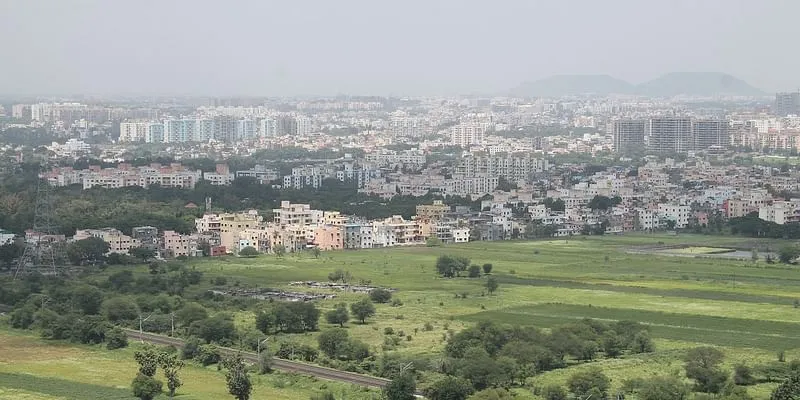
Credit: Pixabay
Pune is the second largest city of Maharashtra and often referred to as the “Oxford of the East” due to its concentration of education and research facilities — four universities and more than 200 colleges and ubiquitous research centres.
The city is an automobile, durable goods, and information technology (IT) hub for Indian and foreign companies. Prominent foreign manufacturers include German automakers Volkswagen and Mercedez-Benz, as well as US, Korean, and Chinese companies. The city is the third largest contributor to India’s IT exports.
NH-48 Gurugram-Bhiwadi-Neemrana Corridor

Credit: Pixabay
Home to India’s oldest auto cluster, NH-48 is the main highway connecting the Delhi-National Capital Region (NCR) with Mumbai, says the report. The NH-48 Gurugram-Bhiwadi-Neemrana corridor is an important industrial belt linking NCR with 14 districts in Haryana, eight in Uttar Pradesh, and two in Rajasthan.
The belt is an amalgamation of different sectors: Rajasthan has the highest solar potential with a capacity of 142 GW and is the largest producer of blended fabric and wool, while Haryana has the highest percentage of automobile original equipment manufacturers (20 percent) and 60 percent of the country’s motorcycles are manufactured in the state.
Noida-Greater Noida-Yamuna Expressway
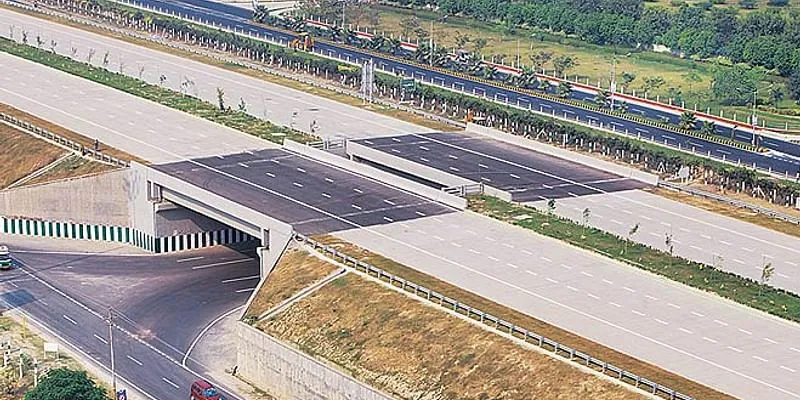
Credit: Pixabay
The report says the Noida-Greater Noida-Yamuna Expressway belt has “witnessed immense interest from IT/ITeS (IT-enabled services) and electronics hardware manufacturing firms” and is “likely to turn tables over the next decade on the strength of its excellent connectivity” — two national highways (NH-24, NH-58), the Eastern Peripheral Expressway, and the expansion of the Noida Metro line.
The belt contributes 40 percent to the manufacture of mobiles in India and 55 percent to that of their components.
Another advantage is that it is situated in Uttar Pradesh, which has the biggest consumption and labour pool in India and is the second largest producer of leather goods in the country.
Bengaluru

Credit: Pixabay
Often called India's Silicon Valley, the capital of Karnataka has the third highest number of startups in the world. It is also the headquarters of some of the largest public sector undertakings in India including Hindustan Aeronautics Limited, National Aerospace Laboratories, Indian Space Research Organisation, and BEML.
Bengaluru produces 60 percent of machine tools in the country and has more than 2,000 small and medium enterprises involved in component manufacturing, tooling, testing, and equipment assembling. It is also home to more than 400 multinational companies with global research and development centres — the highest in India.
Chennai
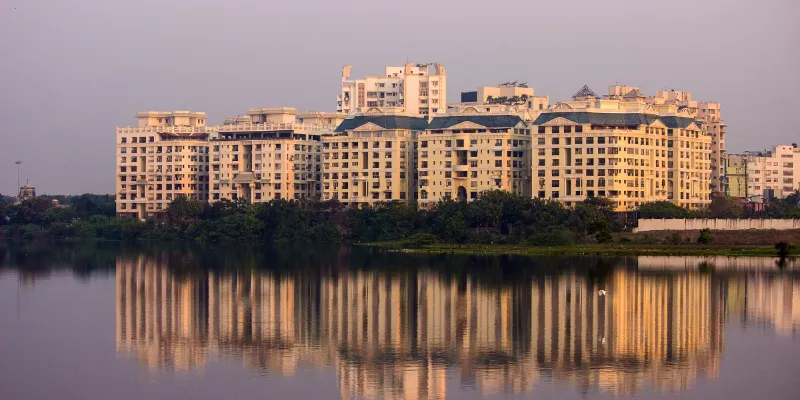
Credit: Pixabay
The capital of Tamil Nadu and “Detroit of India” is the largest industrial and commercial centre of south India. As the city went from being called Madras to Chennai, it also embraced diversified industries, according to the report. From automobiles and auto components to engineering and software, the city has made its mark.
Chennai contributes 30 percent to the production of four-wheelers in India and 33 percent to that of auto parts. It has an annual installed capacity of 1.46 million automobile units, says the report.
Ahmedabad
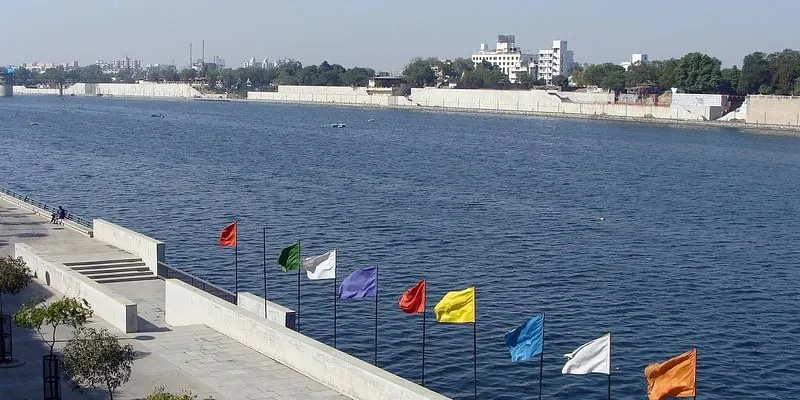
Credit: Pixabay
India’s first heritage city declared by UNESCO is a base for sectors such as chemicals, textiles, pharmaceuticals, and agro and food processing industries. The report says the Sanand–Mandal–Becharaji belt is fast emerging as a major automotive manufacturing cluster, driven by investments from Japanese companies.
Gujarat’s largest city with a population of 6.4 million has an estimated GDP of $68 billion. It is also the headquarters of manufacturing companies such as Zydus-Cadila, Torrent Pharmaceuticals, Nirma Group of Industries, Adani Group, Arvind, and Dishman Pharmaceuticals & Chemicals.
The state is an important contributor to India’s manufacturing sector, having the largest coastline (1,600 km) and the highest number of operational ports and commercial cargo ports.
Hyderabad
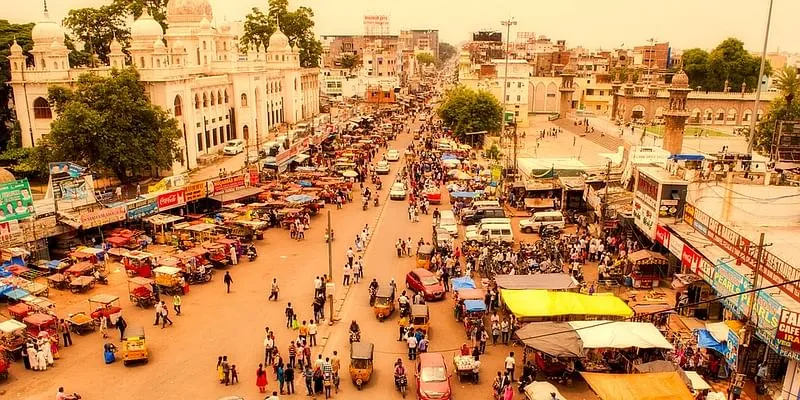
Credit: Pixabay
Hyderabad has emerged as the next of India after Bengaluru and is often referred to as Cyberabad. The city is a significant contributor to sectors such as IT, pharma, biotech, medical devices, aerospace, and defence and electronics system design and manufacturing.
The city is home to the largest campuses of top global companies such as Apple, Amazon, Microsoft, and Uber outside the US. Hyderabad also accounts for two-fifth of the domestic pharma production and one-fifth of the national defence output. At 53, it has the largest cluster of IT SEZs in the country.
Vadodara (Bharuch-Ankleshwar cluster)
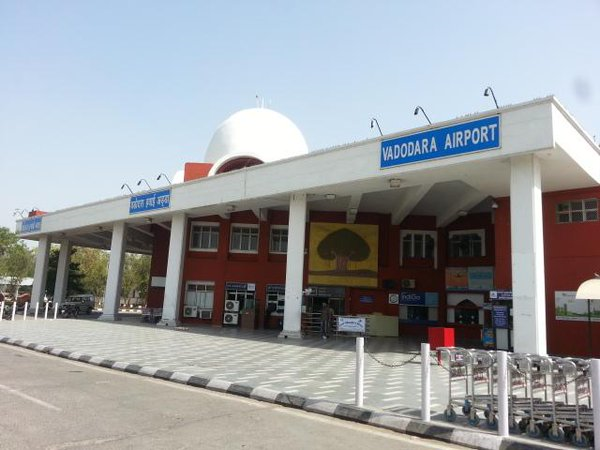
The Vadodara-Ankleshwar node is a hub of manufacturing opportunities, says the report.
Vadodara is home to 28 percent of the state’s manufacturing units and 35 percent of India’s power transmission and distribution equipment manufacturers. Indian Oil Corporation’s second largest refinery in India is located in this city. The refinery’s capacity is set to increase to 18 million metric tonnes per annum and it will become India’s largest refinery by 2023.
Edited by Lena Saha











